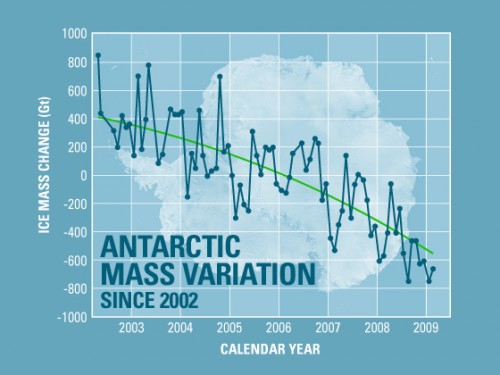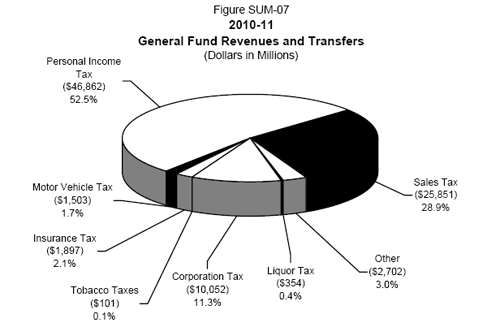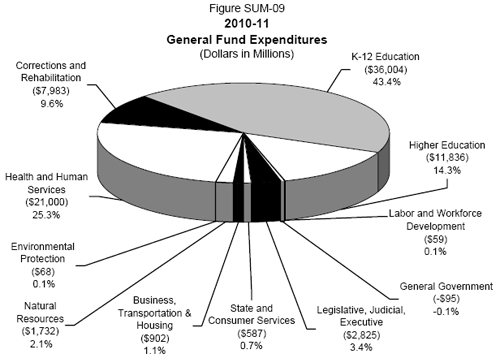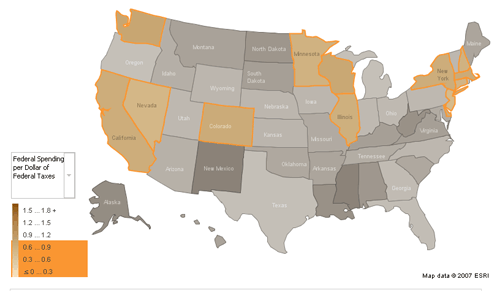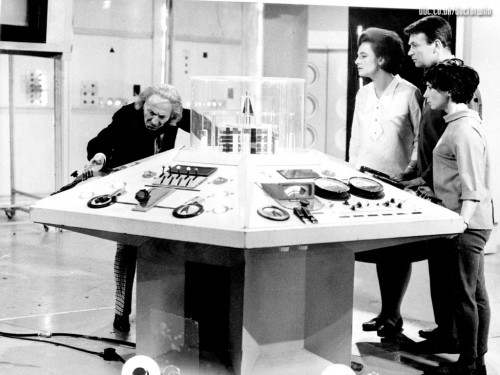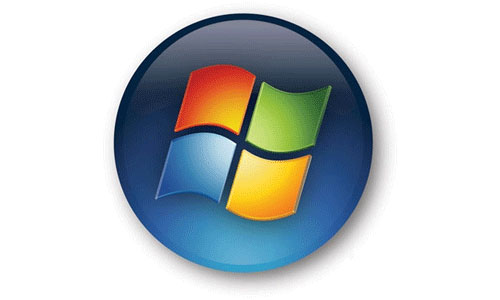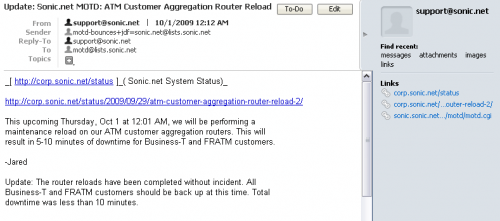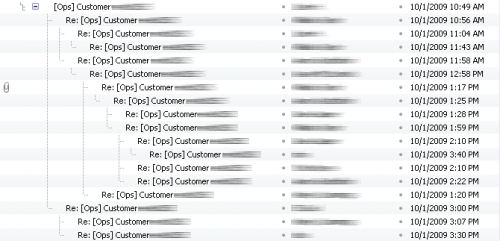A lot of liberals, progressives, hippies, and Democrats have been complaining about obstructionist tactics by the Republicans since President Obama took office. On the radio I keep hearing demands that the Democrats take a page out of the old Republican majority playbook and deploy the “Nuclear Option” (aka the “Constitutional Option” to use the Republican terminology of the time). I thought that was a bad idea when the R’s were pushing it, and I still think it’s a bad idea when the D’s are being pushed by their base to use it.
The filibuster allows for a state with a small congressional delegation to stand firm in the face of a narrow majority on issues that are of great importance. If a senator strongly feels that the country, his constituents, or his principles are put at risk, he can force an issue to be tabled until a supermajority can shut him up via cloture or his objections can be addressed. This is a good thing.
How filibusters are used currently, however is not. The barest threat of objection now leads to cloture votes, nominations being set aside indefinitely, all at basically no cost to the obstructionist senator. Please note that I don’t think “obstructionist” is a bad thing in itself. There have been lots of bad laws passed and bad appointees approved for lack of vigorous and reasonable obstruction. It is currently possible for a senator to obstruct a bill without any appreciable effort or expenditure of political capital. That’s what needs to change. If a senator really wants to stop a bill or appointment, the rest of the senate should require that he stick his neck out a bit.
A couple of ideas that attempt to balance the value of the filibuster and other delaying tactics with the problems involved in its overuse:
- Bills and appointments should only be remanded to committee or otherwise tabled once introduced by a supermajority of senators present or on a simple majority upon a failed cloture motion. This would force a senator to stop the business of the Senate as a whole in order to stop a bill. It would probably cause more cloture votes, but less actual delay.
- Should a senator object to considering a bill or amendment “as read” (this currently forces the clerk to read the entire bill aloud, which can be quite onerous with long legal documents), then the objecting senator is responsible for reading the bill himself. He may share the burden with other senators that volunteer to do so, but may not physically leave the Senate chamber during the reading. Should the objecting senator leave the chamber for any reason, the bill will be considered “as read” for procedural purposes. If the senator actually has not read the bill, he can damn well read it himself.
- All requests to delay committee votes or meetings must be publicly associated with the delaying senator. Frequently there are legitimate reasons for committees to not immediately take up an item; there may be reports demanded of various agencies, experts or witnesses to be scheduled for questioning and exposition, and so forth. Anonymous holds on whole swaths of issues need to stop.
None of these measures would stop the filibuster or unduly infringe on the rights and responsibilities of the individual senators to do right by their constituents, but each attaches a risk or burden in doing so.

